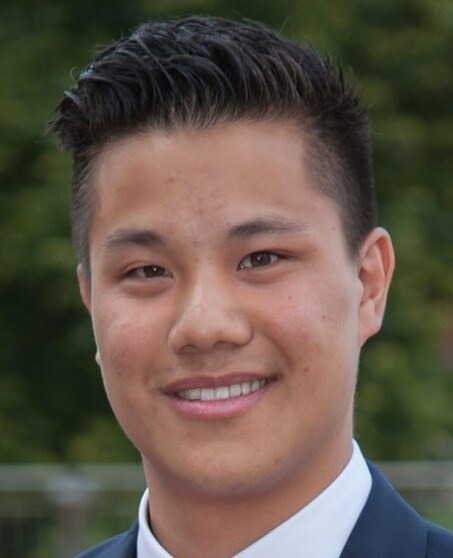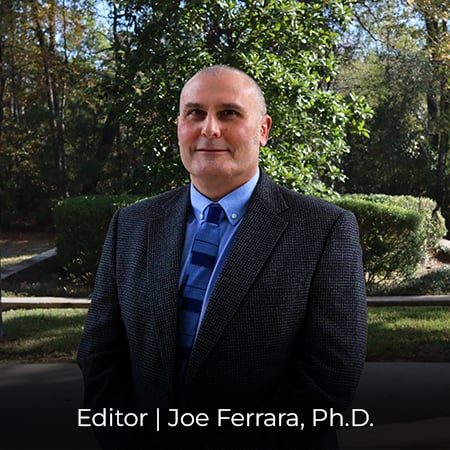CrysAlisPro Tip
Advanced Video Camera Options
Why should I use it?
The advanced video camera settings in CrysAlisPro allow you to fine-tune the visualization when the standard lighting setup, with top illumination directed at the sample and backlighting from beneath the goniometer, combined with the current camera settings, does not provide a clear enough view of the crystal for centering. These advanced options also allow you to save customized configurations for specific applications such as photocrystallography, light-sensitive samples, or use with the XtalCheck-S, and to import the appropriate settings whenever needed.
How do I use it?
Open the online version of CrysAlisPro. To access the [Crystal Video] interface, press F12 on your keyboard or select Start/Stop, then Start New, and choose Mount. Next, click the Settings button. If you are using an Intelligent Goniometer Head, you will need to also click Video Settings. This will open the [AVT Camera Settings] window, which initially provides only a limited set of options. To unlock additional settings, press Alt + E simultaneously on your keyboard.

Figure 1. Access to all settings within the [AVT Camera Settings] GUI.
Several individual parameters, such as gain, exposure, frame rate, white balance, and pixel format, can be adjusted either automatically or manually, while others are available for manual adjustment only (see Figure 1, right). The settings shown above represent an example from our laboratory’s demo instrument; however, they may vary between laboratories and users depending on individual preferences. Different video camera configurations can be saved and later recalled using the Export Settings and Import Settings options.
By default, for example after a new installation, the [Crystal Video] window appears relatively small, which can make manual crystal centering more difficult, particularly when working with small crystals. Adjusting the binning from 2×2 (software) to 1×1 increases the display size of the video camera image (see Figure 2), improving visibility during centering.

Figure 2. Effect of binning: (top) 2x2(software), (bottom) 1x1.
In the case of light sensitive samples, all light sources inside the diffractometer, including the cabinet, sample, and goniometer lights, should be switched off. This will cause the [Crystal Video] screen to appear completely black. To visualize the crystal mounted on the loop, open the [AVT Camera Settings] window, set the gain to its maximum value of 30, and increase the exposure time (for example, to 5000 ms; see Figure 3, right).

Figure 3. Different video camera settings depending on the crystals’ sensitivity: (left) normal mode, (right) light-sensitive mode.
Note: Please do not forget to switch back to the standard lab settings (not default) after your experiment has finished.
Presenter

Rigaku Europe SE | Germany
Dr. Khai-Nghi Truong obtained his PhD in inorganic chemistry and small molecule crystallography at RWTH Aachen University (Germany) in late 2018, working under Prof. Ulli Englert on the synthesis and characterization of metal-organic frameworks. From 2019 to 2022, Khai worked as a postdoctoral research fellow with the renowned Prof. Kari Rissanen at the University of Jyväskylä (Finland). He was part of the EU funded Horizon2020 FET Open research and innovation programme INITIO working as an expert in solid-state. His areas of expertise are inorganic and organic small molecule crystallography, supramolecular chemistry as well as materials science. As service crystallographer, chair of the Young Crystallographers of the German Society of Crystallographic (DGK-YC) and German representative of the Young Crystallographers’ European Crystallographic Association (YC-ECA) for several years, Khai has build-up a strong network of collaborators all around the world. He has contributed to more than 60 publications using different diffraction methods, viz. X-ray powder diffraction, single crystal X-ray and neutron diffraction. Khai joined Rigaku Europe SE in mid 2022, working as Application Scientist for both single crystal X-ray and electron diffraction supporting Rigaku’s clients in the EMEA region. Want to learn more? Connect with Khai-Nghi Truong, PhD LinkedIn .

Subscribe to the Crystallography Times newsletter
Stay up to date with single crystal analysis news and upcoming events, learn about researchers in the field, new techniques and products, and explore helpful tips.

Contact Us
Whether you're interested in getting a quote, want a demo, need technical support, or simply have a question, we're here to help.
